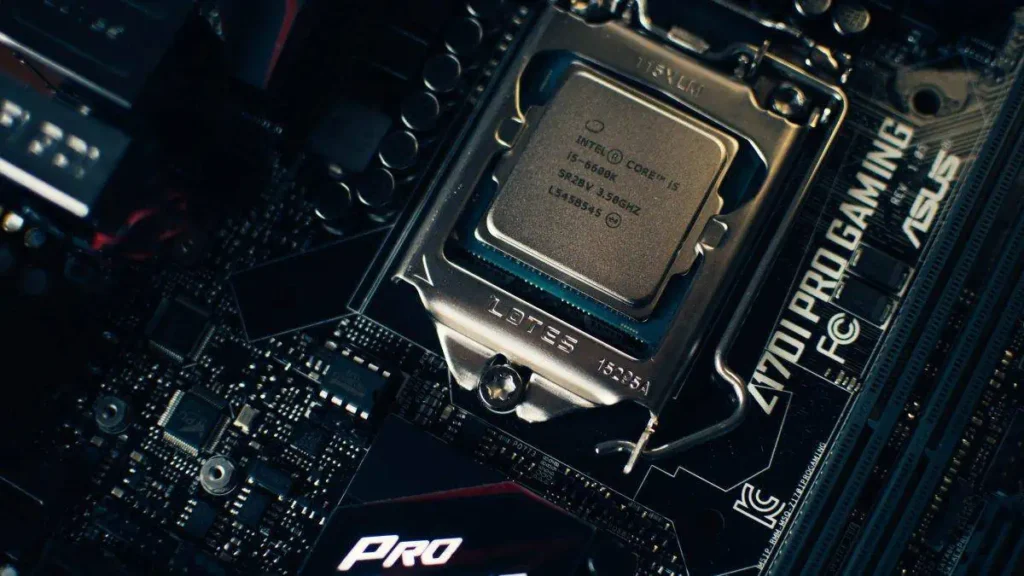Assembling computers has become increasingly popular among friends, offering cost-effectiveness and performance advantages over branded machines. However, with this rise in DIY computer assembly, users often encounter technical issues, and one of the most common malfunctions is related to memory modules.
01
Memory Module Malfunction and Its Impact
When building a computer, encountering situations where inserting two memory modules fails to power up, while using one module works fine, is a common issue. This can significantly hinder the overall functionality of the computer, leading to frustration among users.
02
Resolving Memory Module Malfunction
Solution 1: Cleaning CPU Contact Points
One effective method to resolve this issue involves removing the CPU from the motherboard and carefully cleaning the contact points behind it. Re-installing the CPU securely after cleaning can rectify the failure to recognize memory modules.
Solution 2: Resetting BIOS through Motherboard Battery Removal
Another approach is to remove the motherboard’s button cell battery and allow the device to sit for five minutes. Re-installing the motherboard battery can discharge the motherboard, resetting the BIOS to its initial state. This resolves issues arising from poor contact or compatibility problems due to frequent plugging and unplugging of components.
03
Importance of Technical Support and Expertise
Despite the advantages of DIY computer assembly, the absence of immediate technical support for these machines can pose challenges. Not everyone possesses the necessary expertise to troubleshoot such issues promptly, emphasizing the importance of knowledge and troubleshooting skills.
04
Preventive Measures and Conclusion
Taking preventive measures during assembly, handling components carefully, and following proper installation techniques can minimize such malfunctions. DIY assembly offers immense customization and cost-effectiveness but requires patience, expertise, and attention to detail.
05
FAQs
1. Can I upgrade DIY-assembled computers easily?
Yes, DIY-assembled computers often offer ease of upgradeability. You can replace or upgrade individual components like RAM, storage drives, graphics cards, or CPUs based on your requirements. However, ensure compatibility before making any upgrades.
2. How do I ensure compatibility between components?
To ensure compatibility, research and select components that match your motherboard’s specifications. Pay attention to factors like CPU socket type, RAM type and speed, graphics card slot, power supply wattage, and form factor compatibility.
3. Is DIY assembly cost-effective in the long run?
Yes, DIY assembly can be cost-effective in the long run. By selecting specific components tailored to your needs and budget, you can achieve a higher cost-performance ratio compared to pre-built machines. Additionally, you have the flexibility to upgrade individual parts over time.
4. What precautions should I take while assembling a computer?
When assembling a computer, take precautions such as grounding yourself to avoid static discharge, handling components delicately, following the manufacturer’s instructions, using proper tools, and working in a clean and well-lit environment to prevent damage to components.
5. Are branded machines better in terms of technical support?
Branded machines often come with the advantage of readily available technical support. However, DIY-assembled computers may lack immediate technical support. Relying on online forums, communities, and troubleshooting guides can aid in resolving issues with DIY systems effectively.









